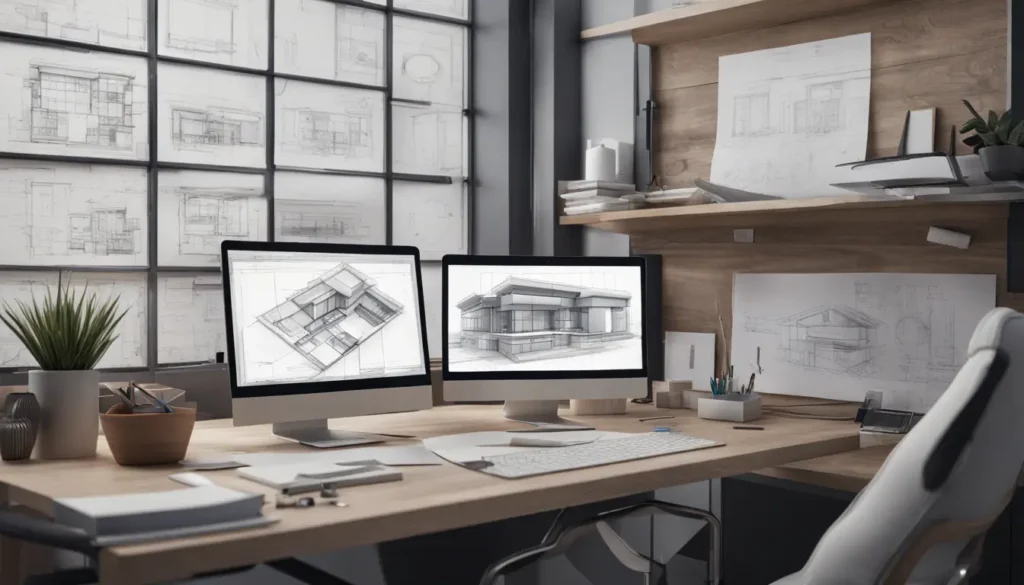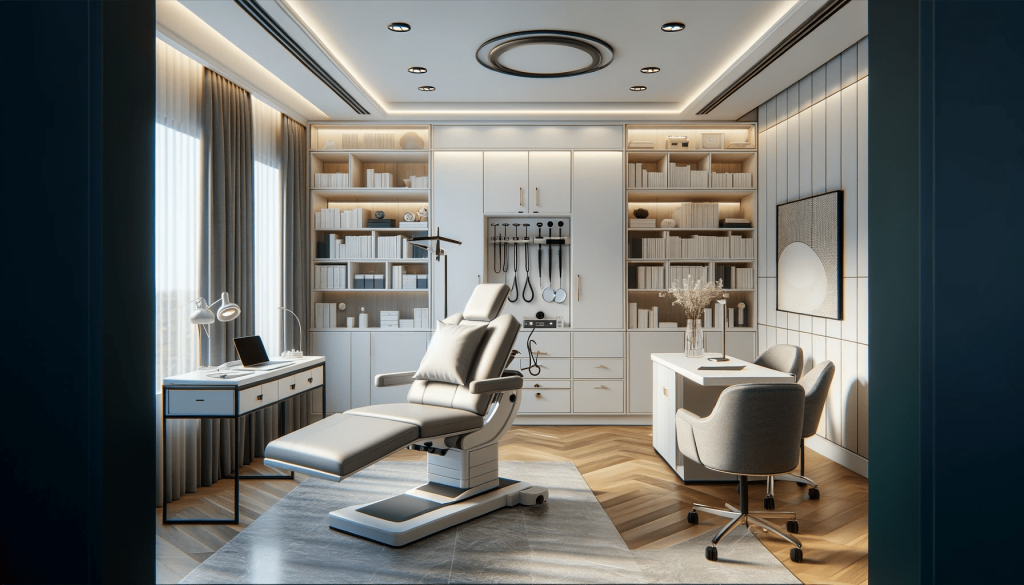Introduction to the power of listening in interior design
Have you ever stopped to think why some environments decorated leaves us completely enchanted, while others don't have as much effect? The ability to listen to what the customer really wants may be the secret behind these successes. How can a designer truly understand what their client wants to convey?
This article will show you how to master the art of listening during interior design briefs. Do you want to know how to convert simple conversations into incredible projects that speak directly to the hearts of your customers? We'll explore everything from preparing for these meetings to how to use client feedback to shape a design that really impresses.
Why is it essential to listen to the customer?
Listening to the client is essential in interior design. It's not just listening; It's understanding what he really wants. When you truly listen, you build a stronger connection. This relationship not only makes the customer more satisfied, it also makes your work easier.
Understand expectations from the beginning avoids many problems. For example, if a client wants an environment that conveys tranquility, knowing this at the beginning can guide their color and material choices.
Additionally, showing that you value the customer's opinions makes them feel part of the process. This increases his confidence in his work. When the project is over, this trust turns into satisfaction, which is often shared as a recommendation of your service to friends and family.
Therefore, ask clear questions and observe the answers. Not just the words, but also the body language. The more information you gather, the more personalized and successful your project will be. Listening is the key to successfully transform spaces and guarantee happy and loyal customers.
How to prepare to listen during the briefing?
Listening well during a briefing is essential for any interior designer. Here are some tips for you to prepare and make the most of this moment.
- Prepare the environment: Choose a quiet and comfortable place. This makes all the difference, as a pleasant environment helps the customer to open up and share their ideas without reservation.
- Stay 100% present: During the briefing, forget about your cell phone and other distractions. Showing the customer that they have your full attention is essential to building a trusting relationship.
- Practice active listening: More than listening, it is important to truly understand what the customer wants and needs. Ask questions that encourage you to detail your desires and pay attention between the lines.
Focusing on the quality of your listening can reveal details crucial to the success of the project. Remember, a good brief is the basis for a design that truly satisfies your client. Use these tips to turn every briefing into an opportunity to create something unique and personalized.
What questions to ask to better understand the customer?
Choosing the right decor for your home can be a challenge, but asking the right questions can make the process much easier. Here is a list that can help you better define what you really need and want for your space.
- Favorite colors: Knowing your favorite colors helps you create a room that reflects your personal style. For example, if you like blue, this may indicate a preference for environments that convey calm and serenity.
- Space use: Understanding how you use space on a daily basis is crucial. For example, if you work from home, it is important to have a comfortable and functional corner for your activities.
- Current frustrations: Knowing the limitations of your current space can direct significant improvements. If there is a lack of natural light, for example, we can look for solutions that increase lighting.
- Elements to keep: Identifying what you love about your current space helps preserve the essence of your space. If you love an old sofa, for example, it could be the starting point for a new design.
- Desired atmosphere: Understanding the feeling you want the space to convey is essential to creating a room you truly love.. If you are looking for a cozy atmosphere, soft fabrics and earthy tones can be incorporated.
Answering these questions not only helps you define the decorating project, but also ensures that the end result will be a space that you will love and that will be functional for your everyday life.
Applying client feedback to the design project
Understanding what the client wants is key to a successful interior design project. Each person has a unique taste, and it is essential to reflect this in the environment you are creating. Here are some practical ways to use the information you've collected to transform your client's home into a place they truly love.
- Create a moodboard: Gather images, colors and textures that the customer liked during conversations. This helps visualize the project and ensures that both are aligned with the expected outcome.
- Adapt the layout: For example, if the client needs a home office, think of smart solutions to integrate this area in a functional and stylish way into the available space.
- Choose materials carefully: If the client prefers soft fabrics, use them on sofas and curtains. This not only meets the customer's taste, but also adds a touch of comfort to the environment.
- Details that make the difference: Personalize spaces with elements that are important to the customer. For example, if he has an art collection, find a way to display the pieces in an elegant way.
Use the customer feedback to shape the project not only satisfies, but can also exceed expectations, creating a space that truly reflects the personality and needs of those who will live there. This shows that you value your client's opinion and are committed to delivering not only a beautiful design, but also a functional and meaningful one.
Conclusion: Integrating active listening into your projects
Now you know that listening is more than hearing: is the key to successful interior design projects. An attentive conversation with the customer allows you to capture not only what they say, but what they really want. This gives you the chance to create spaces that not only serve, but exceed expectations.
Always keep in mind that every detail matters. By practicing active listening, you become a detective of the customer's emotions and needs. This not only enriches your brief, but also transforms the final result into something unique and personalized.
Finally, remember: integrating active listening into your creation process is a fundamental step to standing out in your field. You will see how this skill can open doors to new opportunities and ensure customer satisfaction. Let's put it into practice and see the difference it can make in your projects?











